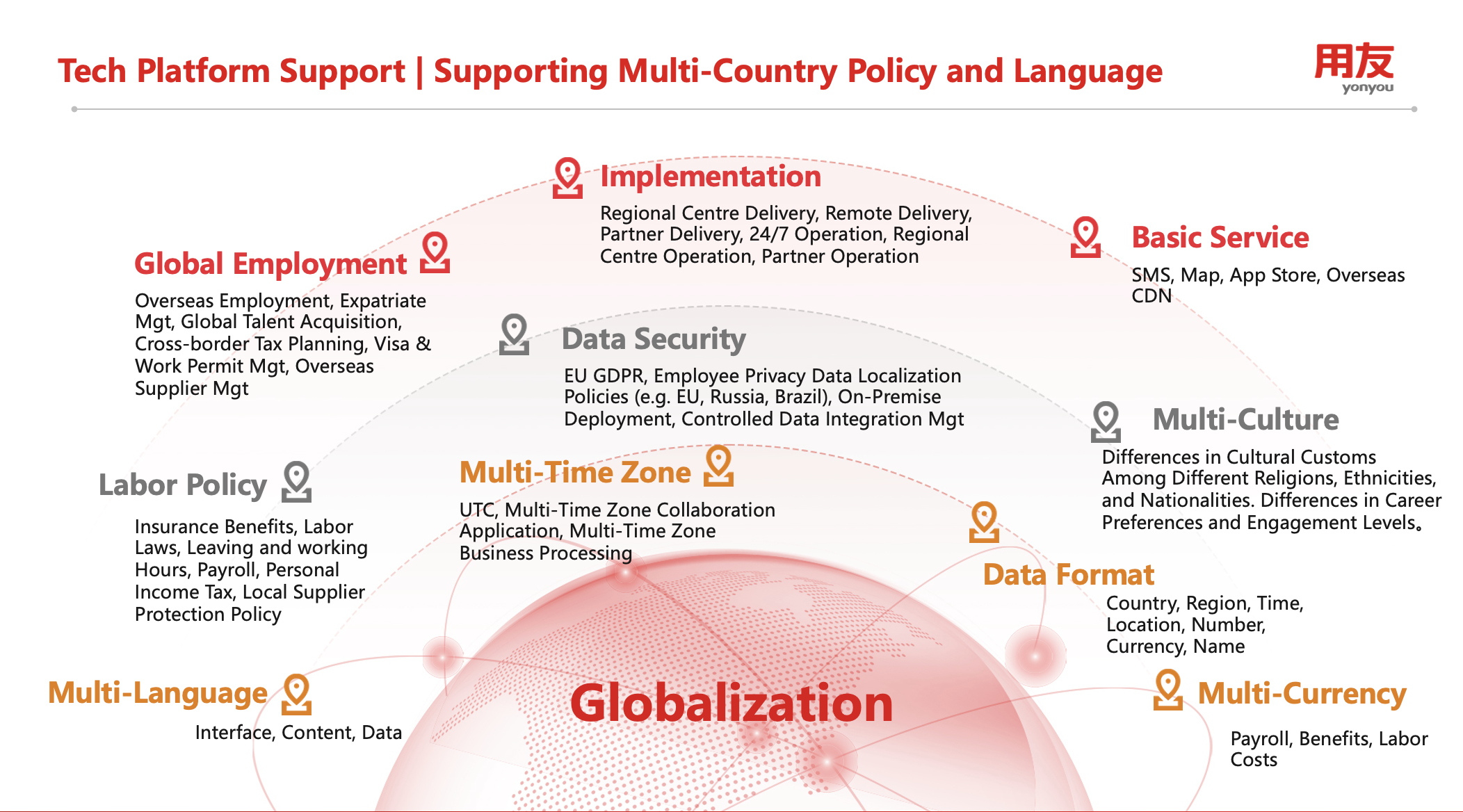Introduction
In the past three years, China’s corporate travel expenses have grown by an average of 8% annually—significantly outpacing GDP growth over the same period. Despite this rapid increase, most companies still face a major challenge: measuring the return on travel investment. Only 12% of companies can quantify the direct contribution of travel to business performance using their current systems. The other 88% continue to rely on manual reimbursement processes and intuitive evaluation, resulting in a lack of efficiency and transparency.
This contradiction between high travel expenditure and low travel efficiency highlights a deeper issue. Traditional travel management places too much emphasis on cost-cutting, often overlooking the essential connection between business travel and growth. While CFOs may take pride in trimming budgets, the opportunity cost is often hidden—sales teams may miss key client visits, and ultimately, the money “saved” may translate into lost revenue.
Rethinking Value: From Cost Control to Efficiency-Driven Growth
In the era of intelligent business, enterprise demand for software and services has changed significantly. It is no longer feasible for companies to adopt intelligent systems while maintaining outdated thinking and management models from the information age.
The traditional cost-control approach to travel management is fundamentally a zero-sum game between cost and revenue. By contrast, AI-driven efficiency logic transforms this into a self-reinforcing growth flywheel.
Under the traditional model, the core method is to apply post-trip reimbursement controls and cap budgets—for example, by restricting flight class or hotel star ratings. In the short term, this reduces travel expenses and improves financial reports. However, the long-term consequences can be severe: fewer client visits (especially to distant but high-potential prospects), slower market response times, lost business opportunities, and decreased employee satisfaction leading to increased turnover.
A typical case is that of a manufacturing firm which cut its travel budget by 20% in 2023 due to profit pressure. As a result, the company’s revenue declined by 15% the following year. Upon review, 60% of the canceled trips were intended for high-value clients with potential orders exceeding ¥5 million.
In contrast, AI-powered travel management emphasizes pre-trip forecasting and dynamic resource optimization. For example, based on customer potential, companies can allocate travel resources more strategically. While short-term travel costs may remain flat or rise slightly, the efficiency gains are significant. Sales teams can focus on high-potential clients, leading to higher win rates. Market coverage becomes more precise, customer retention improves, and employees are freed from burdensome expense workflows, allowing them to concentrate on core business activities.
Three Key Capabilities of AI-Driven Travel Management
AI integration transforms corporate travel management from reactive cost control to proactive growth enablement. Its value becomes evident in three key areas:
- Client Potential Segmentation
In traditional travel management, salespeople rely heavily on personal intuition when deciding which clients to visit. This often results in high-potential clients being overlooked, while time is wasted on low-value accounts.
With an AI-powered solution, the system integrates customer data such as transaction history, industry size, and purchasing cycles to generate a customer potential scoring model. It then automatically produces a prioritized client list, categorizing accounts as “must visit,” “can be delayed,” or “can be skipped.” Combining this with customer locations and sales schedules, the system proposes optimized travel routes that minimize unproductive commuting time. - Sales Effectiveness Analysis
Traditional travel management focuses on how much was spent, but not whether the spending delivered real value. It often tracks outcomes like total sales or conversion rates, but ignores the link between travel behavior and performance.
AI solutions change this by cross-referencing trip records, customer interactions, and deal outcomes to build a detailed sales effectiveness profile. The system flags low-efficiency behaviors such as frequent visits to low-potential clients, short meeting durations, or overly long follow-up cycles. Over time, it can even push personalized training materials or insights to help salespeople improve. - Dynamic Budget Adjustment
Conventional budget allocation often follows a “one-size-fits-all” approach—distributing travel funds evenly across regions, departments, or headcount. This leads to underinvestment in high-potential markets and waste in low-potential areas.
AI-powered travel management solves this by analyzing factors like regional market potential (GDP growth, industry concentration), historical win rates, and competitive dynamics. It calculates a “travel resource demand index” for each region, allocating more budget to high-potential areas while restricting spending in low-yield regions. Budgets can be adjusted in real time based on performance and early warnings.
Travel Management as a Core Growth Strategy
In the AI era, corporate travel management is no longer just a supporting function focused on controlling costs. It has evolved into a critical enabler of business growth. When enterprises can calculate the ROI of every trip, when sales teams can use AI to target the right opportunities precisely, and when CFOs realize that efficiency and cost optimization can coexist, AI-powered intelligent travel management becomes a reality.
“We used to worry about how much salespeople traveled because it cost too much. Now we worry when they don’t travel—because there are too many missed opportunities.”
That may be the most vivid illustration of corporate travel’s transformation from a “cost center” into a true “growth center.”

